Keys that respond to the passion of the player
Staying true to the grand piano action
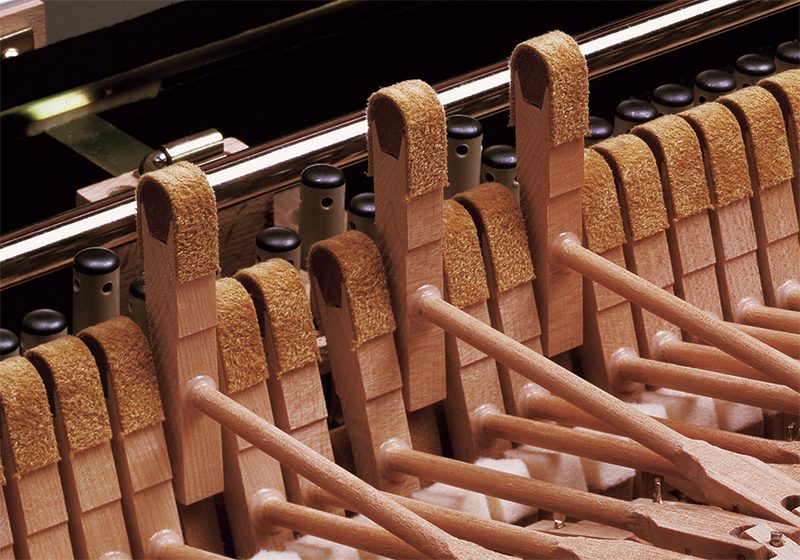
When the keys of a grand piano are played, they cause hammers to move, and these in turn strike strings to produce a sound. Known as the action, this mechanism is the mark of a true piano, and Yamaha designers adopted it as is for the CP70 and CP80. As the fingers could now directly sense the weight of the hammers, this innovation made for a highly realistic playing experience.
Realism even in the response of the dampers
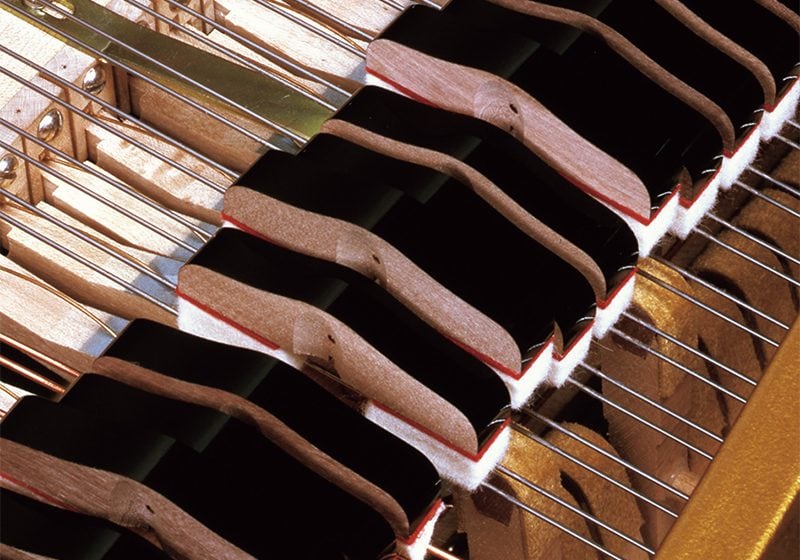
Second only to the keyboard, the tactile response of the pedals is crucial if a stage piano is to feel real, and here the CP70 and CP80 exceled in having exactly the same damper functionality as a grand piano. It is no wonder that so many pianists could effortlessly make the switch from acoustic to stage.
Compact yet highly realistic to play
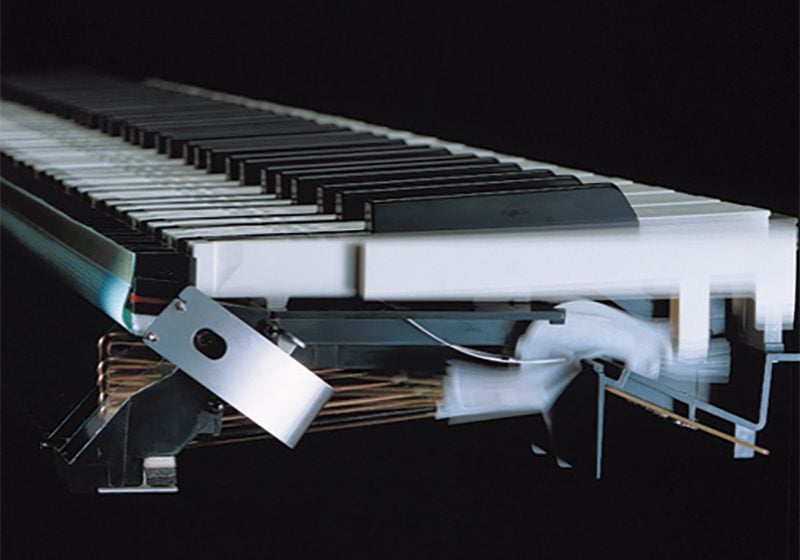
Yamaha designers had long sought a way of enabling the pianist to feel the action of the hammers through the keys, despite the limited physical depth of the stage piano. They finally broke the impasse with the GH keyboard, which featured in the CP300 and rounded out the compact stage piano as a much more complete musical instrument.
A keyboard designed specifically for the stage piano
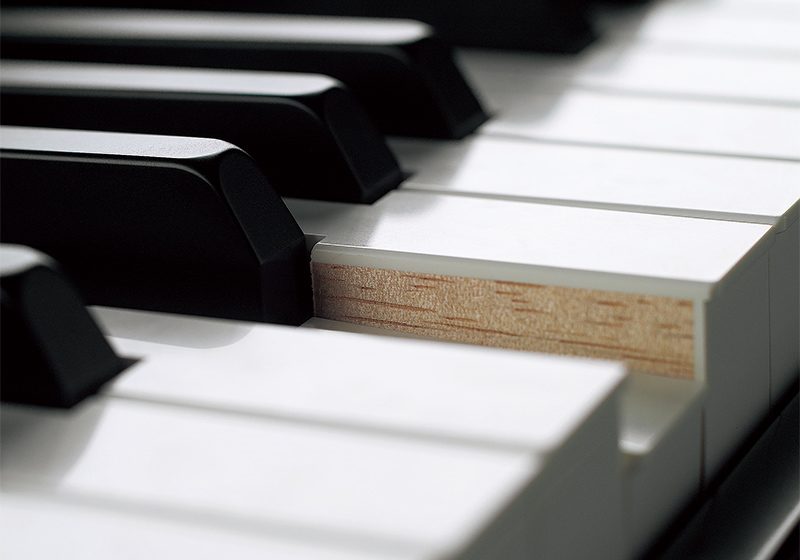
As a new flagship model, the CP1 boasted a wooden NW-STAGE keyboard, developed with use in the unforgiving live-performance environment firmly in mind. From the actions right down to the finest details of how the keys respond to touch, Yamaha's designers insisted on nothing less than perfection.
An even more realistic grand-piano experience
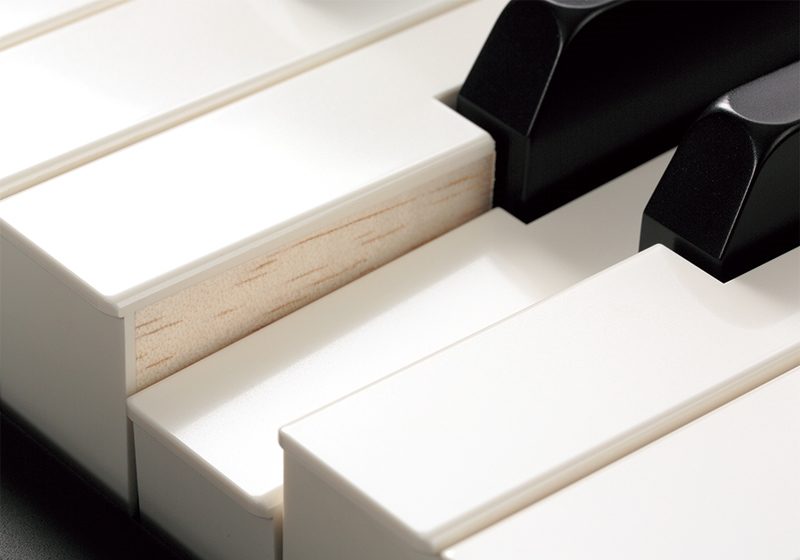
Rather than settle for a simple, identical action under every key, the designers of Yamaha's NW-GH keyboard were intent on pushing the boundaries with, for example, low and high keys that respond differently to touch, in much the same way as in a grand piano. Integrating this keyboard into the CP4 Stage, they sought to perfectly balance sound and tactile response.



